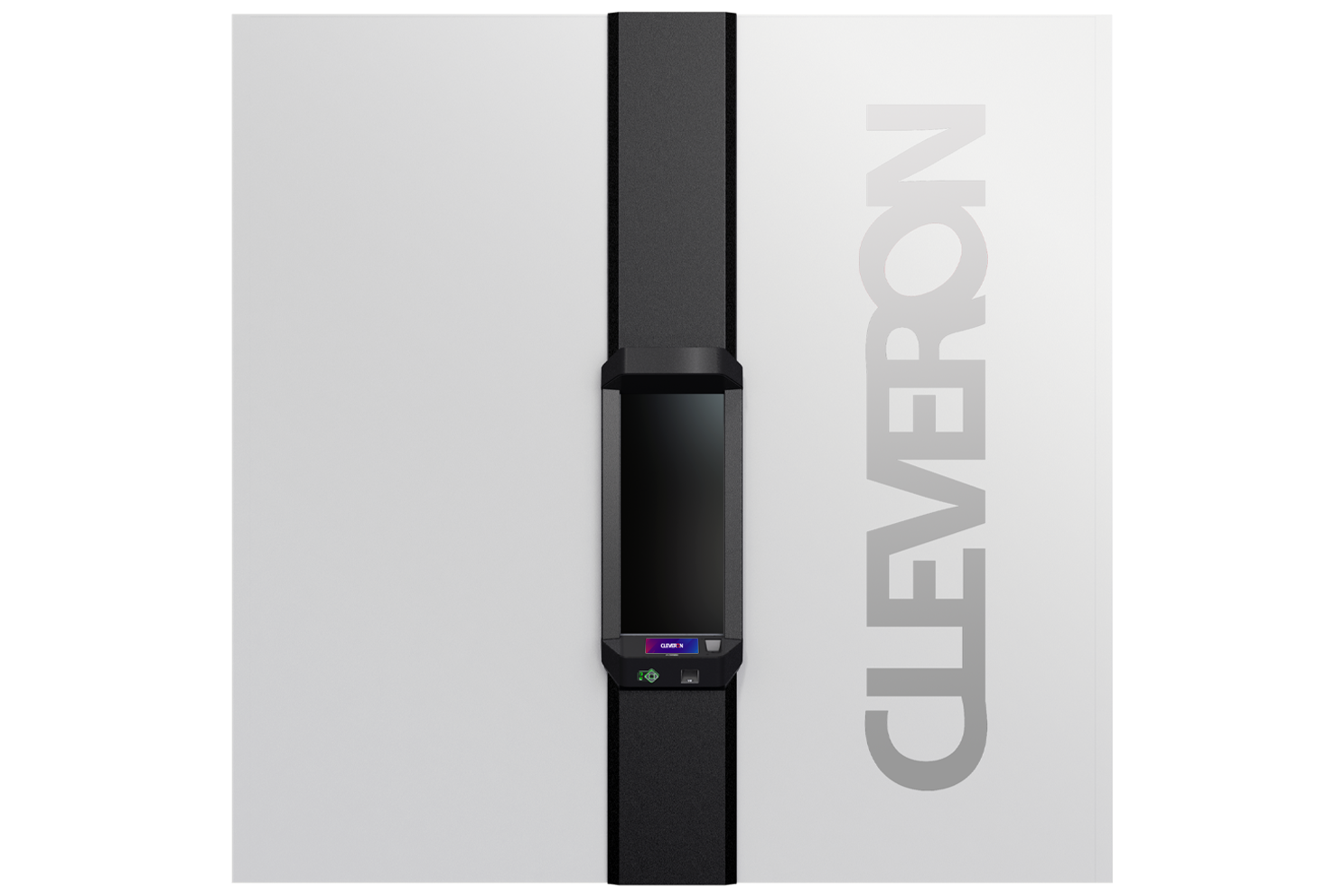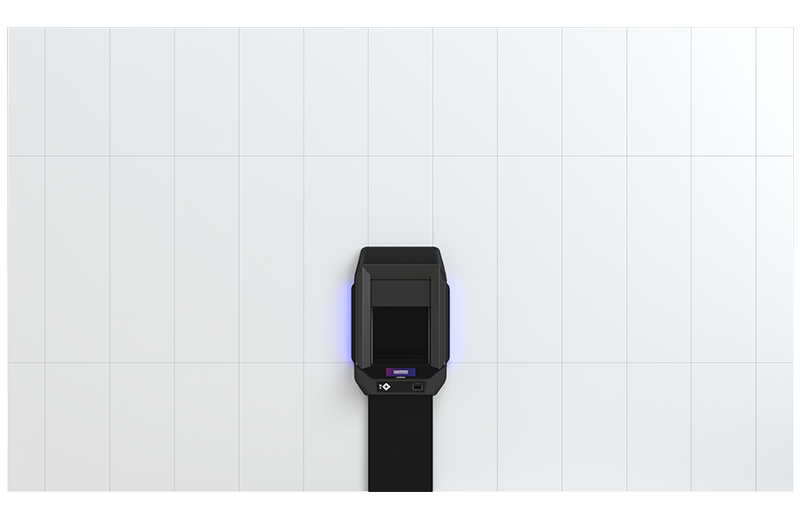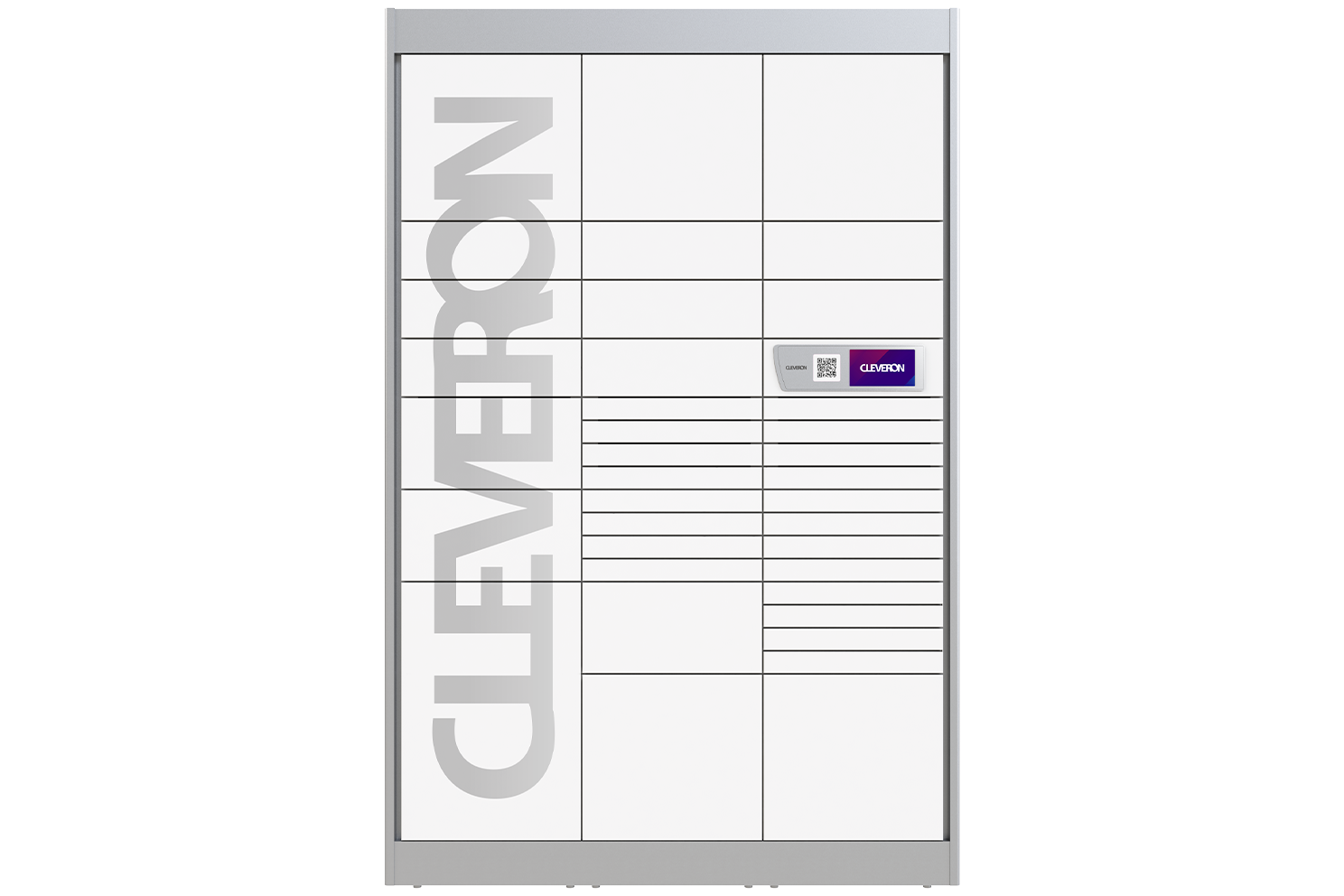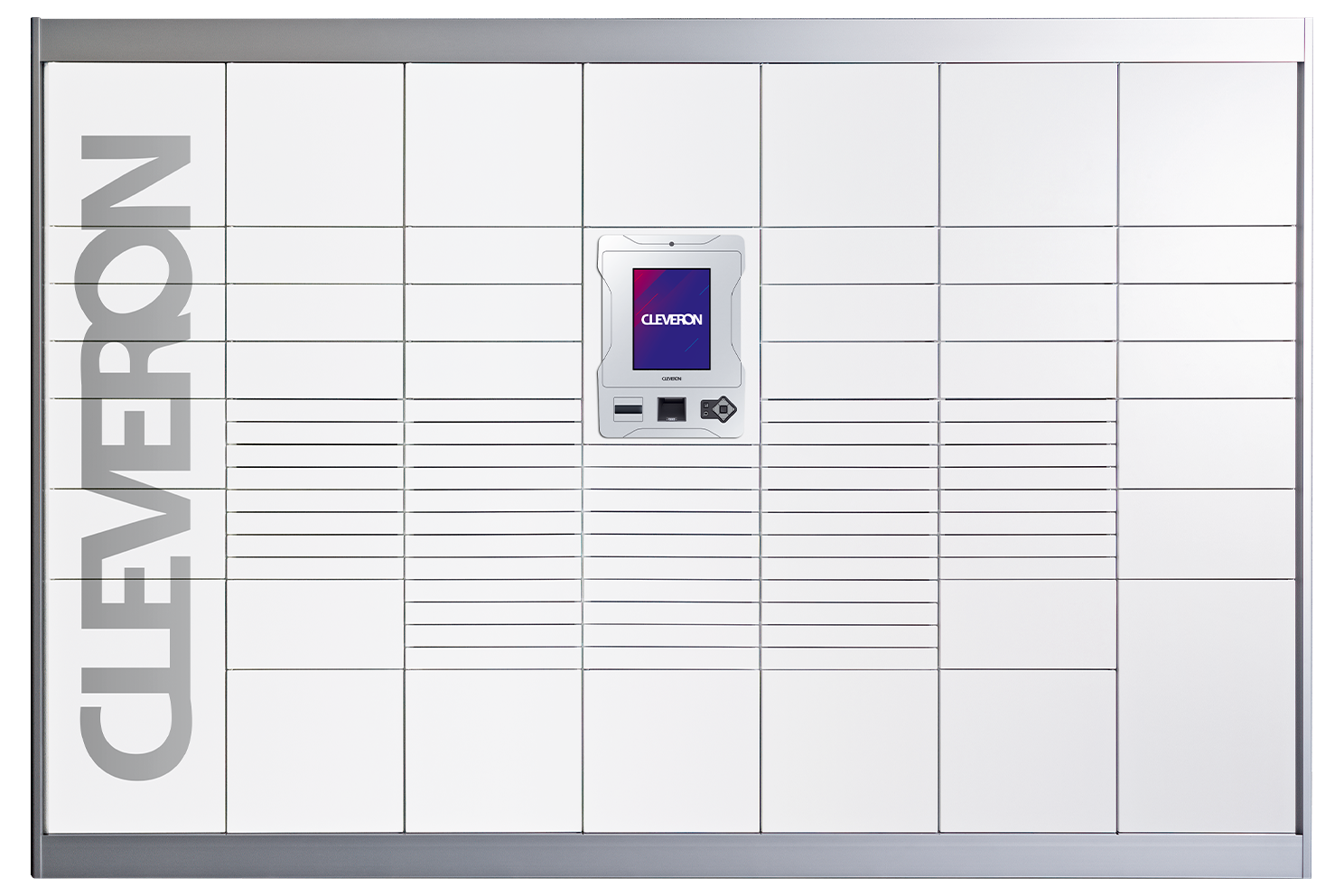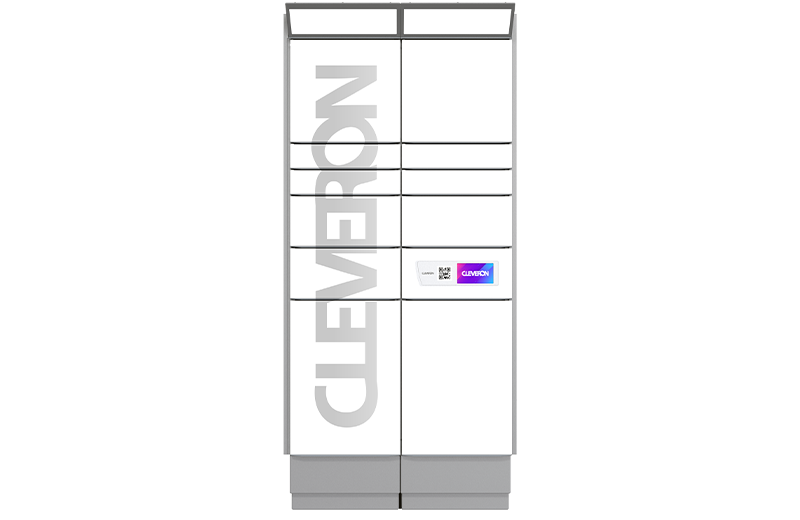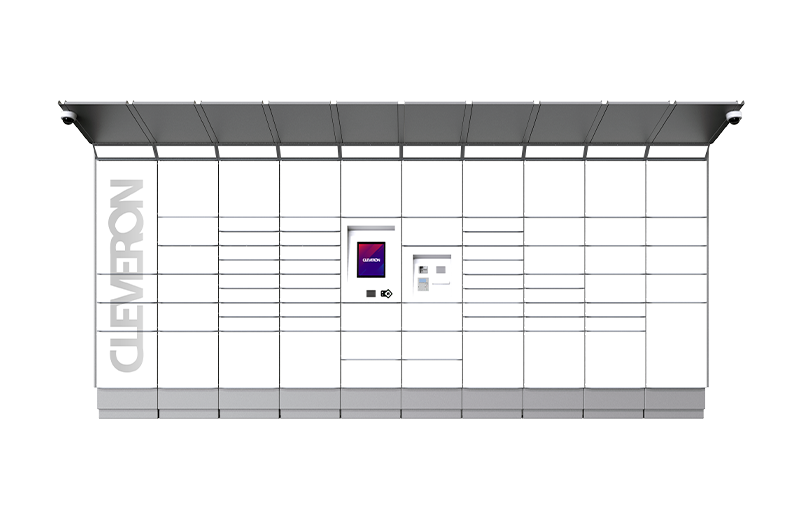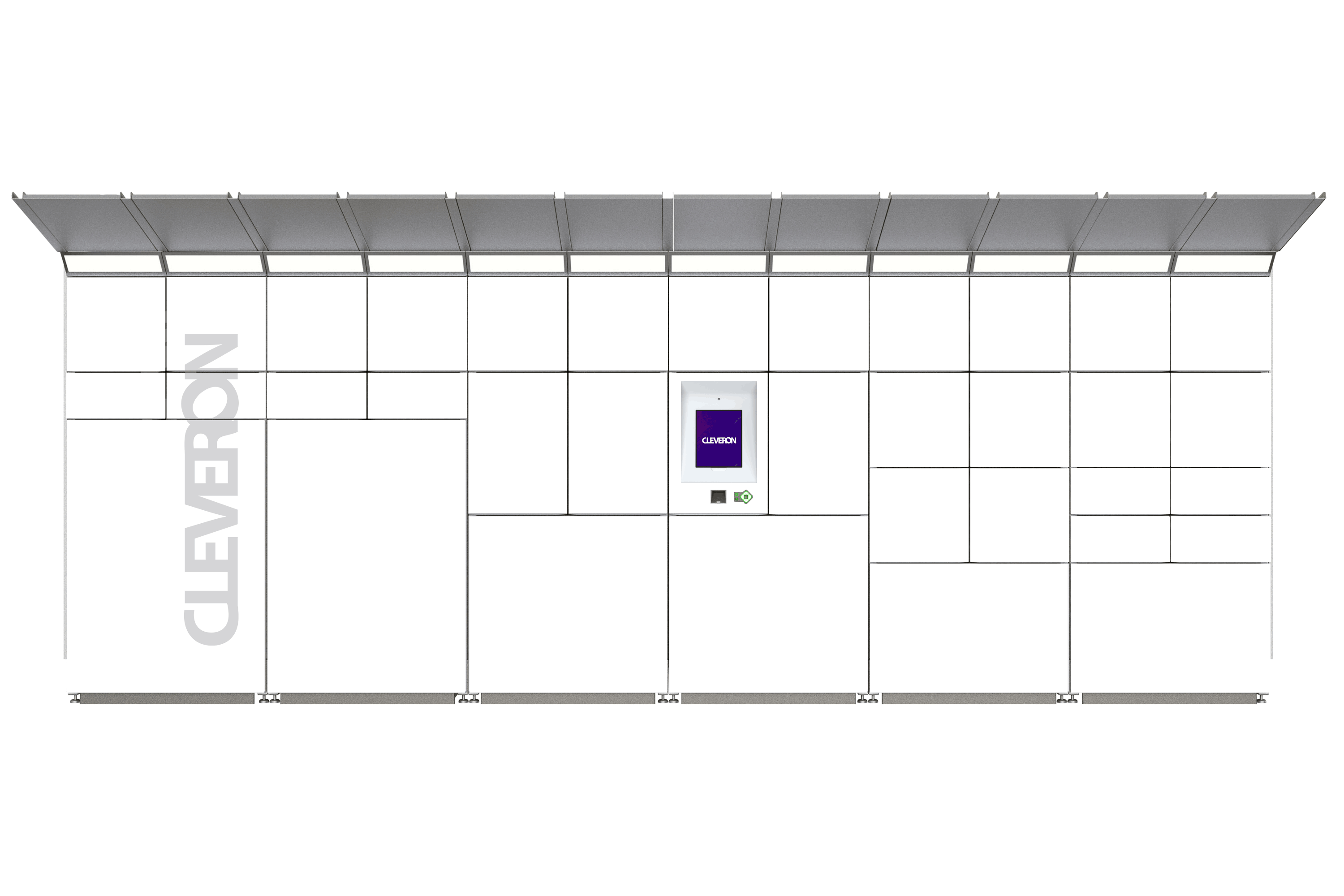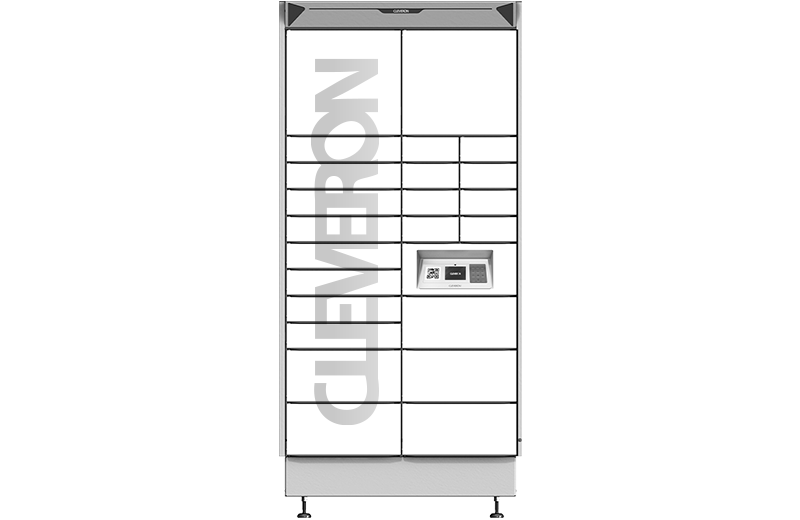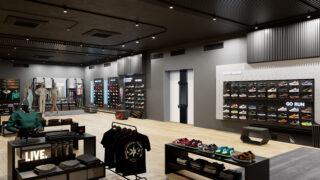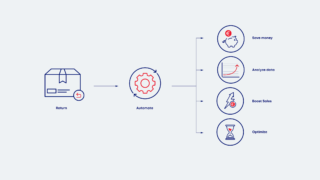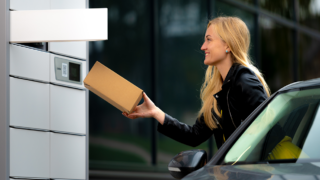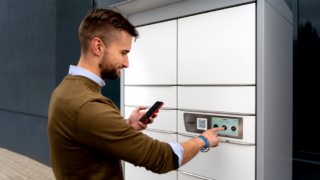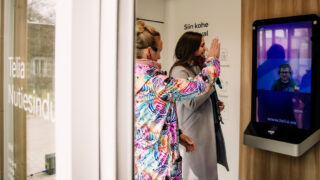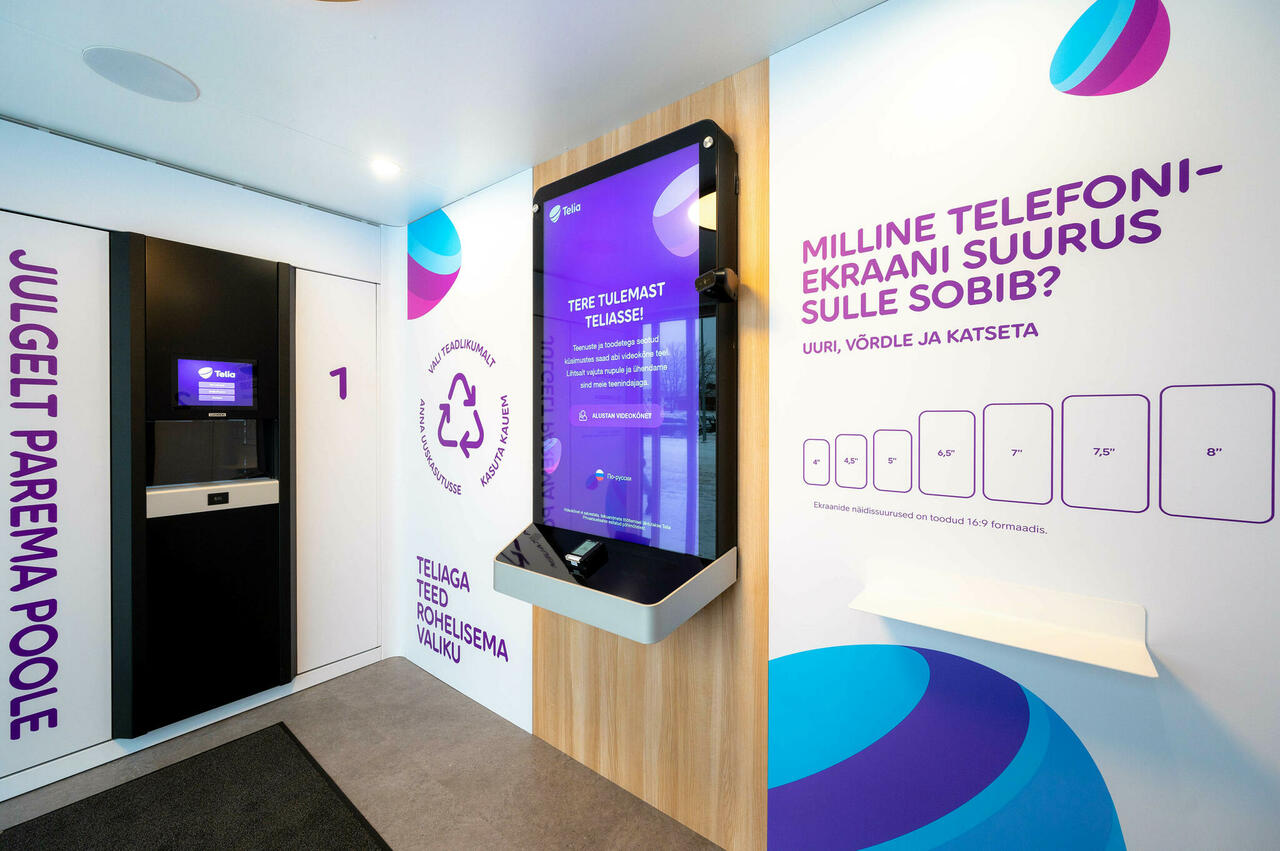
COVID-19 changed customers' shopping habits without a doubt. Physical shops are now looking for restructuring solutions to adjust their services to meet customers' expectations.
The rapid growth in e-commerce sales has created a lot of buzz, but in-store shopping isn’t going anywhere. It is predicted that people will spend 7.4 trillion USD online by 2025, which is a 43% growth compared to 2021. However, total retail sales in 2025 are expected to reach approximately 31,27 trillion US dollars, according to Statista. COVID-19 changed customers’ shopping habits without a doubt. Physical shops are now looking for restructuring solutions to adjust their services to meet customers’ expectations. Two such novelties are checkout-free and interactive stores. What makes those systems unique, and what do the companies implementing them have to say?
Almost four decades ago, the retail sector introduced a self-checkout system to customers. It was a revolutionary idea at the time – a customer is responsible for the whole purchase procedure, from picking products from the shelves to scanning and checking out. One shop assistant can often run six to ten self-checkout tills at once. Now the novelty in the retail sector is a grab-and-go system, where the customer walks into the store, picks up their desired products and walks out. Another innovative system is an interactive digital shop without shop assistants. Yet, the customer can contact the sales specialist via an interactive screen, and the customer will receive their desired gadgets from a parcel robot. Those two advanced services are associated with a seamless shopping experience and quick and easy checkout, which customers value as they have listed as the top five reasons why they prefer to shop online.
Checkout-Free Stores
In 2018, Amazon introduced a store without cashiers or self-checkout systems named Amazon GO. Since 2020 many supermarket and kiosk chains have been piloting similar systems: Carrefour in Dubai, Aldi UK in Greenwich, Tesco in London, Kortellikauppa and R-Kioski in the Helsinki area, etc. How does the system work? To enter the shop, one must identify themselves, e.g. scanning the QR code near the shop door through a dedicated app. Whilst in the shop, the cameras and sensors register every product one chooses or places back on the shelves and items are added to a virtual basket. Once done, one can simply walk out of the store and the system bills the person’s account or credit card.
Reitan Convenience Estonia, the operator of R-Kiosk convenience stores in Estonia, opened the first cashier-less and checkout-free store this spring in Estonia at Tallinn University of Technology. The shop is called R-Kiosk GO and is similar to Amazon GO. R-Kiosk GO uses several sensors and cameras with modern technology, which can distinguish the weights of goods and their changes. With the help of sensor technology, the system registers the customer’s purchases in the virtual shopping cart and charges their account automatically as they leave the store.
To enter the store, one must use the R-Kiosk GO app or display a credit card to register their entrance and choose if they are shopping alone or with more people. Berit Heinmets, Innovation Manager at Reitan Convenience Estonia, confirms that people have been very impressed by the user experience in its simplicity and innovation. “We have learned that in the case of such a solution, customers primarily follow their intuition and prefer not to read instructions. Even though R-Kiosk GO has a mobile app, where customers can see their shopping journey in real-time and later purchase receipts, they prefer to use a credit card to enter the shop,” she said. Heinmets added that the R-Kiosk GO opened earlier this year will certainly not be the only R-Kiosk GO in Estonia.
One alternative to workforce deficiency is cashier-less stores which also offer people a seamless shopping experience, yet in some cases, shop assistants’ presence is vital. For example, in the telecom sector customers need to contact sales personnel.
Interactive Stores: First Pilot Project in Estonia
One of the retail sector’s problems is finding good long-term employees. It is even more difficult to find store associates in less populated areas. Brick-and-mortar stores can alleviate the problem by installing more self-checkout systems or even establishing cashier-less stores. The need for human interaction remains in some cases, e.g. if a customer needs advice from a salesperson. A telecommunications company in the Nordics and Baltics, Telia, was looking for a solution to a similar problem: to find an alternative to costly sales offices in less populated areas, where their presence is vital for customers. They partnered with Estonian technology company Cleveron to develop and build an interactive kiosk solution.
People can just walk into the digital representation office. If they want to purchase something or need a consultation, they must identify themselves during a call to a sales representative. If they need a new device, they pay for it on site, and the salesperson allocates the necessary product from a parcel robot. One sales representative can operate multiple self-service kiosks while being located hundreds or even thousands of kilometres away, which alleviates the problem of finding the workforce. Cleveron’s solution is suitable for outdoor and indoor conditions, giving companies like Telia more flexibility to choose the exact location of their self-service store.
